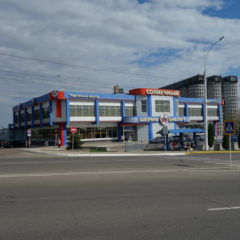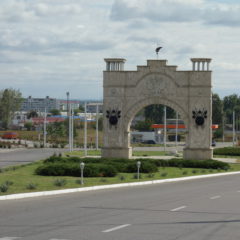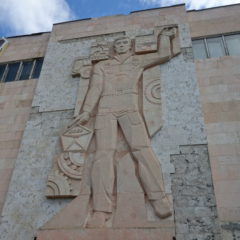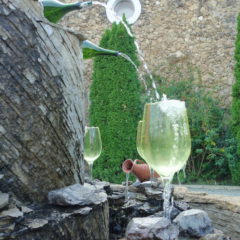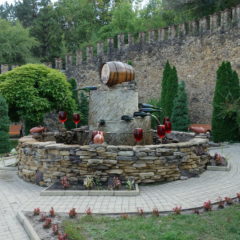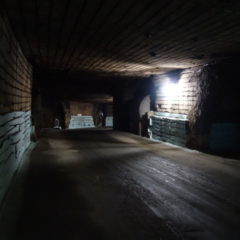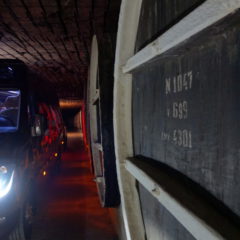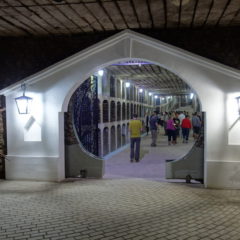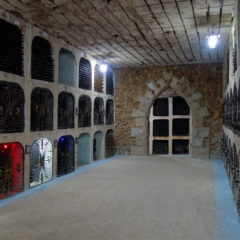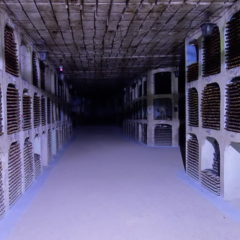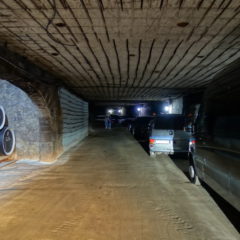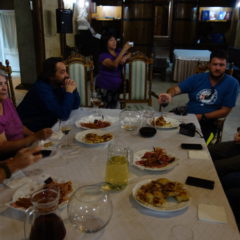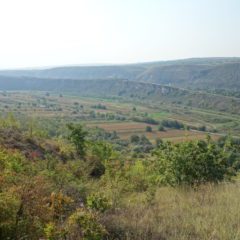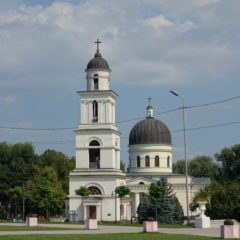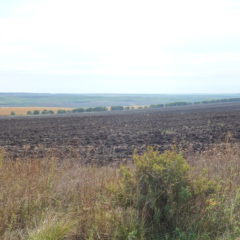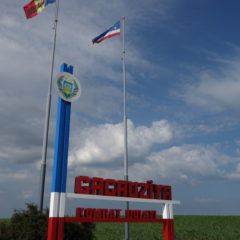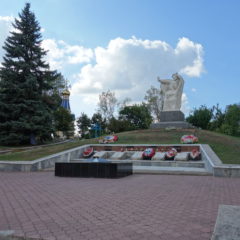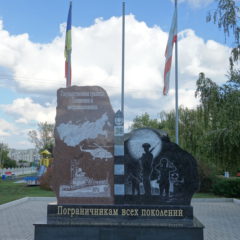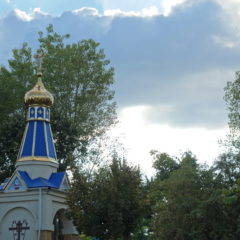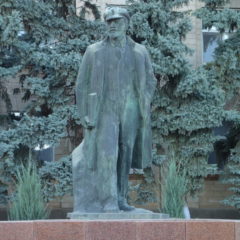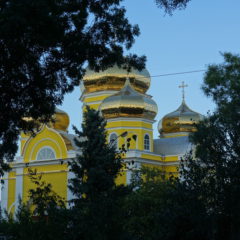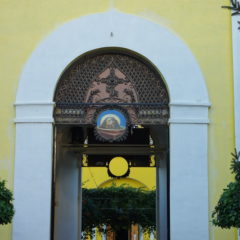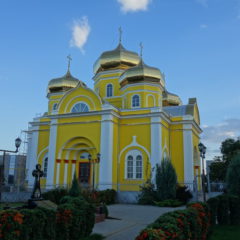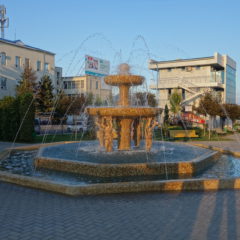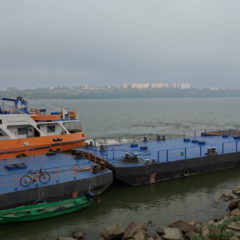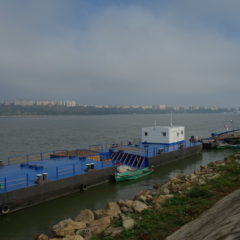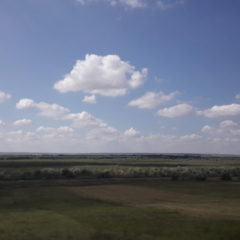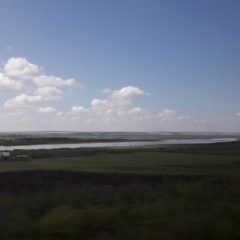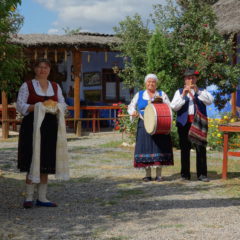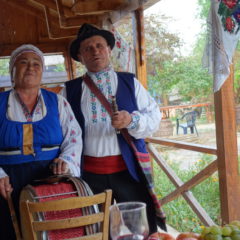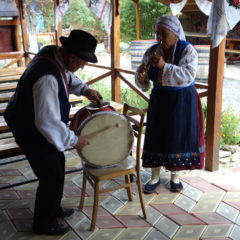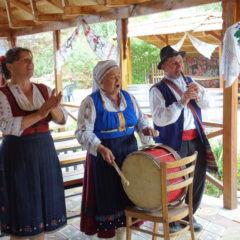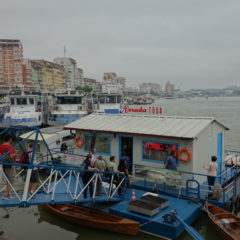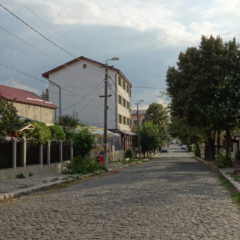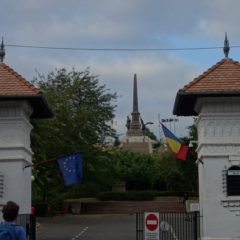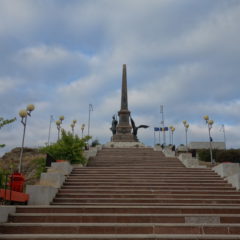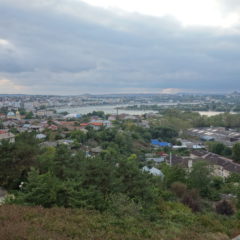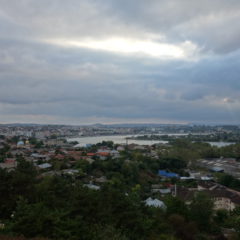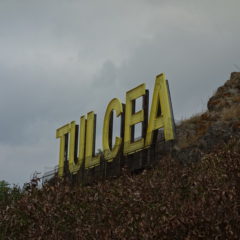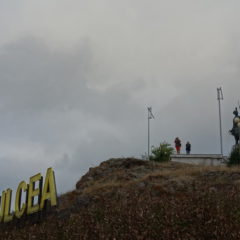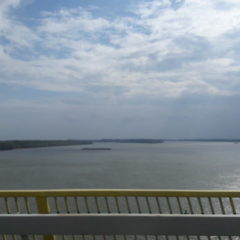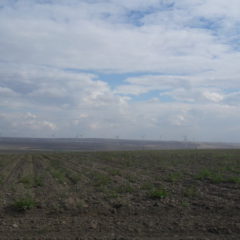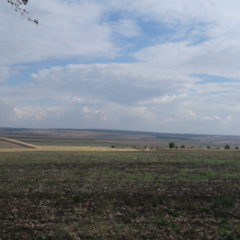We left Chisinau in the morning and after a quick stop at a wodden church – Casa Biserica – we were on our way into Transnistria.
Transnistria is an interesting case, for some the region is indeed a country on itself – known as Pridnestrovian Moldavian Republic (PMR) – complete with its own government, military, postal system, currency and police force. For others the region remains territory of Moldova, essentially like a federal state with some level of autonomy. This is also how Transnistria is seen internationally, the vast majority of countries (incl. the UN) do not recognize the PMR and indeed consider it as part of Moldova. Putting it all together Transnistria indeed is de-facto a country, that does not exist. Check this wikipedia page for more information on Transnistria.
After about an hour on the road from Chisinau we made it to the border region. After a quick check by Moldovan authorities, we were let into the buffer zone, which – following the war from 1992 – is guarded by an international peace force (mainly from Russia). We eventually arrived at Transnistrian immigration and were allowed into the territory after a documentation check.
Our first stop in the Transnistria proper was at the Sheriff-11 supermarket on the outskirts of Bender. Main mission for the moment was, to change money into Transnistrian rubles (a currency, that is internationally as recognized as the the issuing country – there is not even an ISO 4217 code for it).


